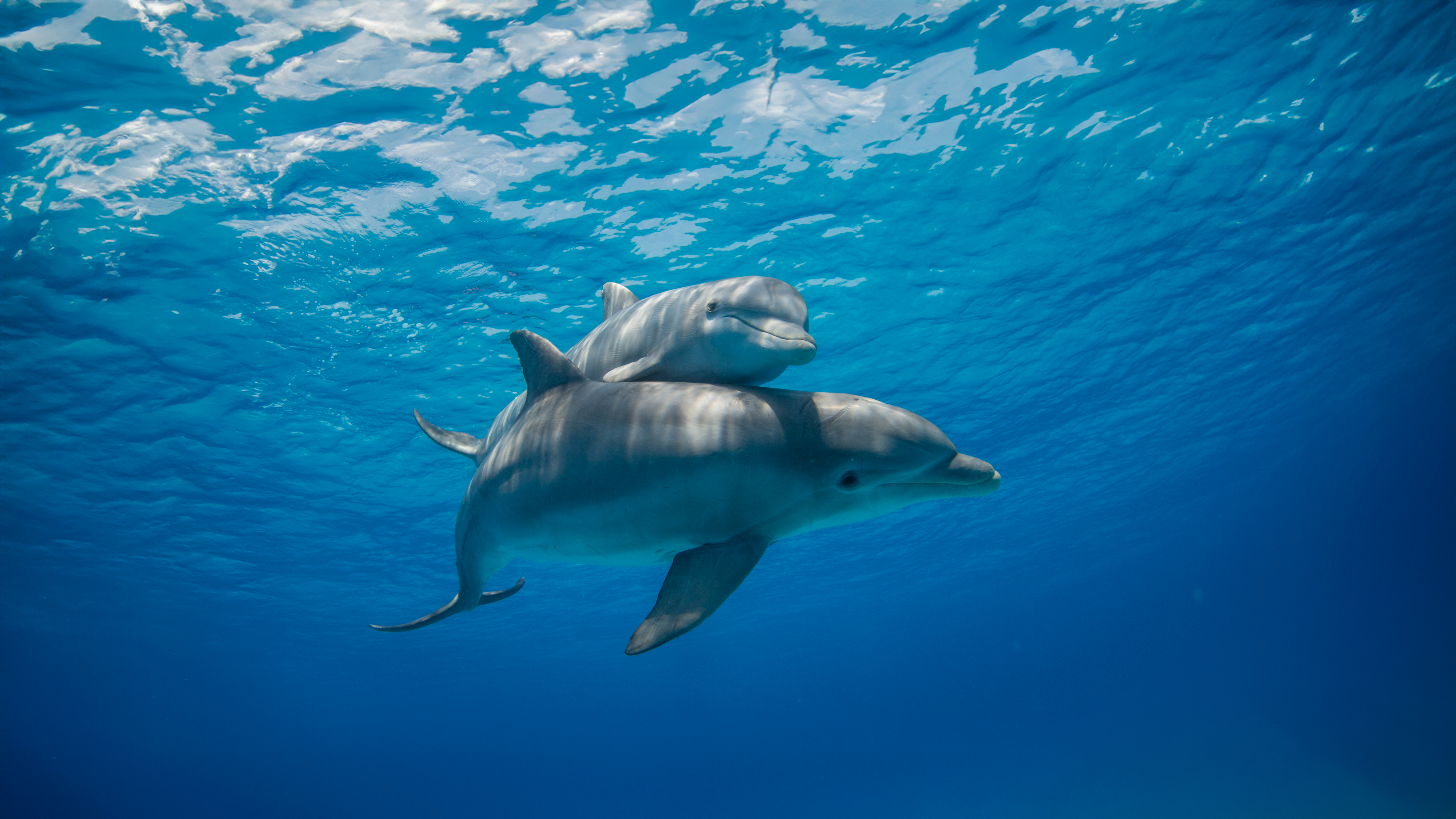February 2025 Newsletter: Alaska’s future, Washington’s ports and the fight for clean air
Welcome to the February 2025 edition of Pacific Environment’s monthly newsletter! This is an opportunity to highlight some of our work and tell the stories of our success.
JUMP AHEAD
- Alaska’s pipe dream and the cautionary tale for fossil fuel boosters like Trump
- Washington lawmakers introduce bill to cut port emissions
- Poison in the water: The call to ban scrubber discharge
- We cannot become complacent. Make a gift today.
- The moment is now for shore power in Washington state
ARCTIC
Alaska’s pipe dream and the cautionary tale for fossil fuel boosters like Trump
Fifteen years, half a billion dollars and still no pipeline: a risky investment with severe climate consequences
For 15 years, the Alaska Gasline Development Corporation (AGDC) has chased a dream that never materialized. Nearly $500 million of public funds have been spent on proposals, studies and failed attempts to bring natural gas from the North Slope to Southcentral Alaska. The result? No pipeline, no gas and no investors.A new report commissioned by Pacific Environment and its Alaska partners, “Alaska’s Pointless Pipe Dream. It’s Time to Stop Burning Money on the North Slope Gasline,” lays out the hard truth: this project has never been economically viable — and it never will be. Instead of sinking more money into a doomed endeavor, Alaska must invest in real solutions like renewable energy and infrastructure. Read the full report to learn why it’s time to end this costly gasline gamble for good.
Learn moreRecently, U.S. President Donald Trump signed a sweeping executive order titled “Unleashing Alaska’s Extraordinary Resource Potential,” aiming to expand oil and gas drilling, mining and logging by rolling back protections put in place by the Biden administration. While some state leaders welcome this push for extraction, others warn of the long-term environmental and financial consequences.
In a recent Common Dreams op-ed, Pacific Environment’s Arctic Policy Director Kay Brown highlights how these reckless policies mirror the failures of Alaska’s North Slope gasline. Whether it’s AGDC’s pipe dream or new drilling and mining ventures, we must ask: Who truly benefits, and at what cost? Rushing into poorly-planned developments risks leaving future generations to clean up the mess — both financially and environmentally.
Read full op-edPORTS FOR PEOPLE
Washington lawmakers introduce bill to cut port emissions
Proposed legislation would require docked ships to use shore power instead of fossil fuels
Washington lawmakers have introduced HB 1689, a bill that would require large ocean-going vessels like container ships and cruise liners to reduce emissions while docked by plugging into shore power (electricity) instead of running on fossil fuels.
This shift would significantly cut pollution in port-adjacent communities, where residents face higher rates of respiratory disease due to harmful emissions. In addition to improving air quality, the bill is expected to generate hundreds of local maritime jobs and accelerate Washington’s transition to cleaner port operations.
Read moreSHIPPING
Poison in the water: The call to ban scrubber discharge
Toxic wastewater, deadly consequences — why the IMO must act now
Scrubbers are a mechanical device added to ships to remove pollutants from the exhaust gasses — by taking those harmful pollutants out of the air and dumping them into the water. As the International Maritime Organization’s Pollution Prevention and Response Subcommittee met in London, Pacific Environment called for an immediate ban on scrubber discharge.
Our new report, Poison in the water: The call to ban scrubber discharge, the health and environmental costs industry wants us to ignore, exposes the environmental and human health dangers of this toxic wastewater — filled with heavy metals, carcinogens and acidified pollutants — dumped directly into our oceans.With marine ecosystems, coastal communities and global food security at risk, the time for action is now. Read the full report to learn why the IMO must end scrubber discharge before more damage is done.
Explore nowDONATE TODAY
We cannot become complacent. Make a gift today.
Support lasting solutions for our planet
The stakes are higher than ever — for our planet and its people. Your support powers grassroots action and local leaders across the Pacific Rim to address urgent threats to our oceans, climate and communities.
Act now to create lasting change and protect our planet for generations to come.
Make a big impactTAKE ACTION
Tell South Coast AQMD to lead on environmental justice and clean air
Support a strong rule to tackle deadly port pollution in Southern California
For decades, the San Pedro Bay ports — Los Angeles and Long Beach — have been the largest source of smog-forming pollution in California, producing more nitrogen oxide than all 6 million cars in the region combined every day. This pollution fuels asthma, cancer and shorter life expectancy in frontline communities.
The South Coast Air Quality Management District (AQMD) must act now by passing a strong Ports Indirect Source Rule (ISR) to cut emissions, invest in zero-emission infrastructure and protect public health.
There’s still time to take action — sign the petition today and be part of the change!
Take action now



